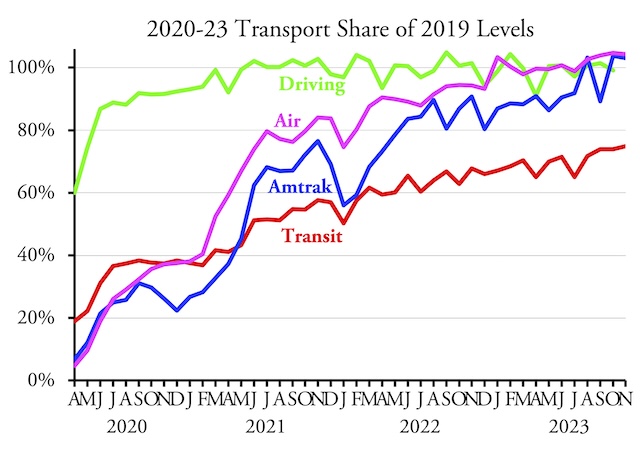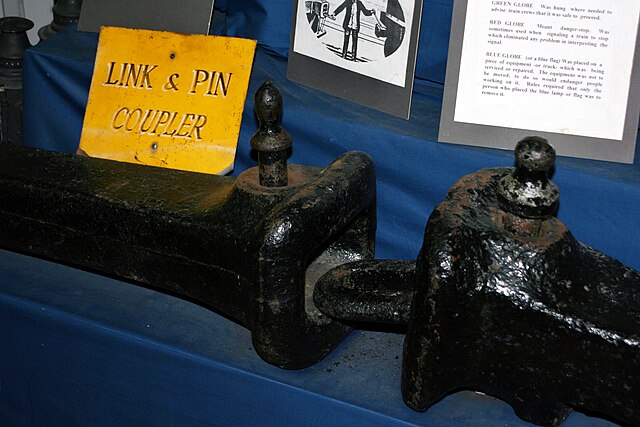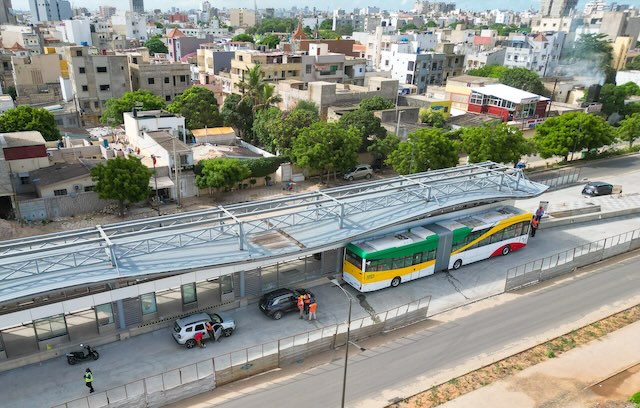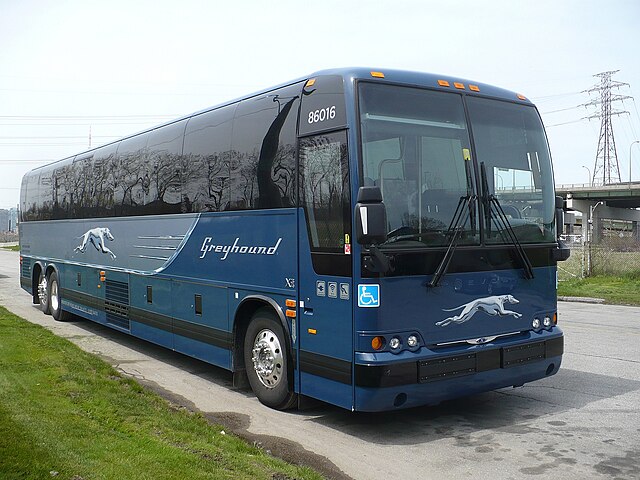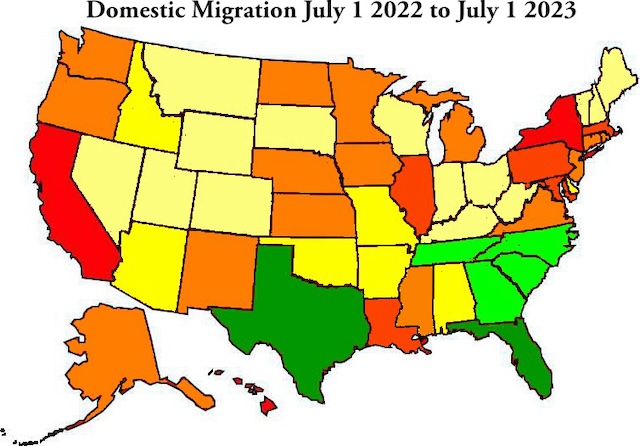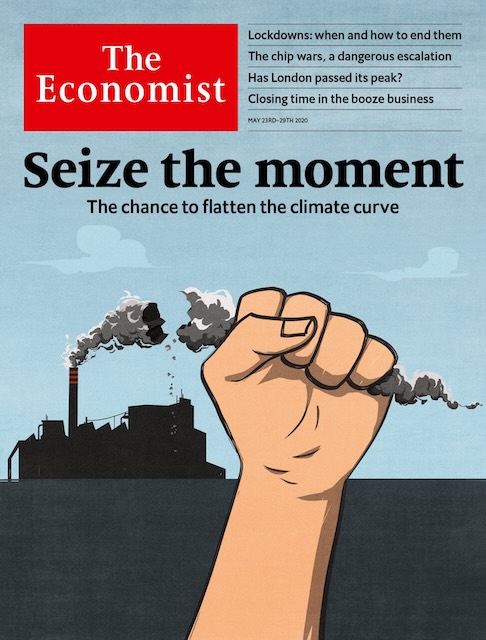America’s transit systems carried nearly 75 percent as many riders in November 2023 as the same month in 2019, according to data released on Friday by the Federal Transit Administration. This is the most riders transit has attracted, as a share of pre-pandemic levels, since the pandemic began in March 2020.
Transit’s failure to carry even three-fourths of its pre-pandemic passengers stands in contrast to Amtrak, which carried 3.1 percent more passenger-miles in November 2023 than 2019, and the airlines, which carried 4.3 percent more riders in November than in 2019. Release of airline passenger-mile data tends to be more than a month later than passenger numbers, but in September domestic air routes carried 6.0 percent more passenger-miles than the same month in 2019. November highway data are not yet available but an update will be posted here when they are. Continue reading

